NIASSA-SELOUS ECOSYSTEM TFCA STRATEGIC CONSERVATION LANDSCAPE
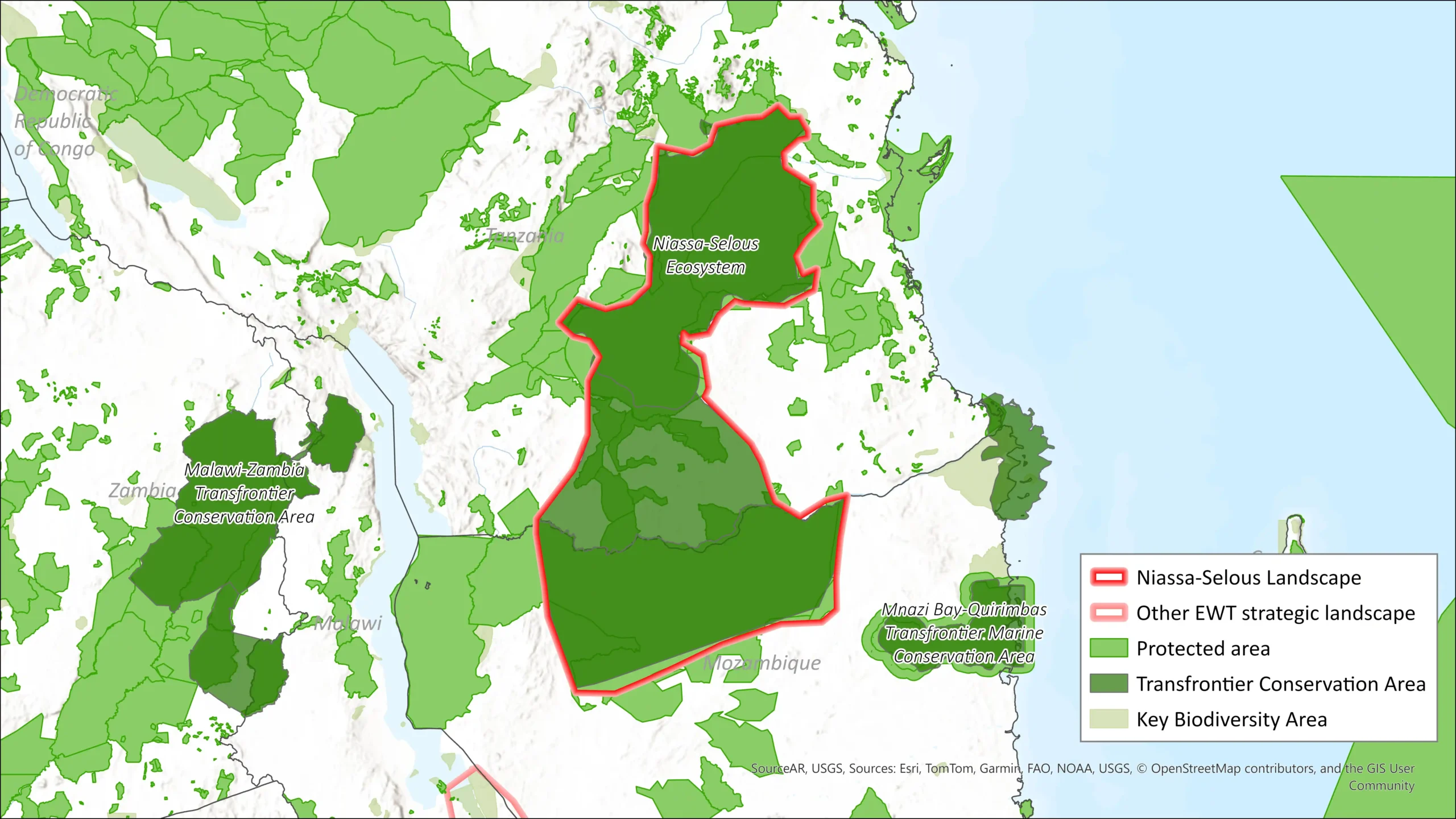 The Niassa-Selous Transfrontier Conservation Area stretches across northern Mozambique and southern Tanzania and is one of the last large, intact wilderness landscapes in Africa. It includes wide river systems, wetlands, and miombo woodlands that support species like African Wild Dogs, Black Rhinos, Cheetahs, and Pel’s Fishing Owls. These habitats are home to rare and wide-ranging species, and they provide essential services like clean water, soil stability, and carbon storage that support local communities.
The Niassa-Selous Transfrontier Conservation Area stretches across northern Mozambique and southern Tanzania and is one of the last large, intact wilderness landscapes in Africa. It includes wide river systems, wetlands, and miombo woodlands that support species like African Wild Dogs, Black Rhinos, Cheetahs, and Pel’s Fishing Owls. These habitats are home to rare and wide-ranging species, and they provide essential services like clean water, soil stability, and carbon storage that support local communities.
The EWTs work here focuses on safeguarding biodiversity while strengthening the resilience of the communities who share the landscape. We collaborate with partners to reduce illegal trade and poaching, improve protected area management, and support locally driven forest protection and sustainable tourism. These efforts are grounded in community well-being and long-term resilience, with conservation tied directly to people’s lives and livelihoods.
To sustain this work, we are developing sustainable finance mechanisms and supporting business models that make conservation part of the local economy. We also work with partners to guide infrastructure development in ways that avoid damage to key habitats and migration routes. Scientific tools like Bioblitzes help us better understand where species are found and where conservation action is most needed.
Through strong partnerships and shared effort, we are working to protect this unique landscape, so that its people, wildlife, and ecosystems can remain connected and resilient into the future.
Why it’s important
Niassa-Selous is among Africa’s last large, connected wilderness areas. It supports migratory routes for elephants and maintains essential resources like clean water and fertile soil for wildlife and communities. However, agriculture expansion, illegal wildlife trade, and climate change erode its functionality.
Losing this landscape threatens biodiversity, food and water security, and regional climate stability, impacting both nature and people. Protecting Niassa-Selous secures a vital ecological safety net and sustains livelihoods.
So What?
Fragmentation of Niassa-Selous would devastate biodiversity and community well-being. Species like African Wild Dogs face isolation, while local communities risk losing resources vital for food, water, and income.
Climate regulation, poverty alleviation, and conflict prevention rely on this intact landscape. Without urgent action, ecological loss will ripple, threatening global conservation efforts and human resilience. Protecting Niassa-Selous means safeguarding both ecosystems and livelihoods.
Vision
A vast, thriving wilderness where wildlife thrives, ecosystems flourish, and communities coexist with nature, benefiting from sustainable tourism and conservation-linked livelihoods.
Target Species
Landscape Size
117,842 KM²
Why we do it
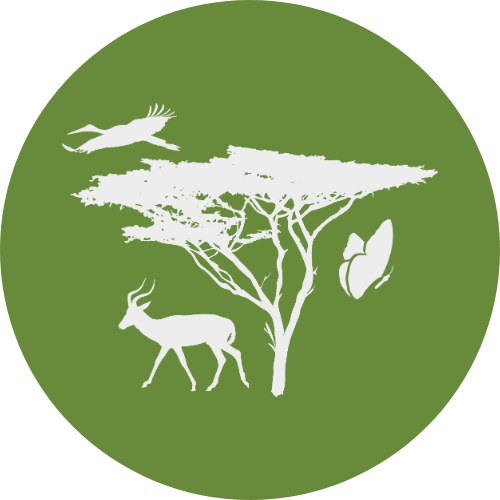
protect biodiveristy
Lead collaborative efforts to safeguard species and rebuild life-sustaining ecosystems, working with, for example, governments, landowners, and Indigenous Peoples and Local Communities (IPLCs).
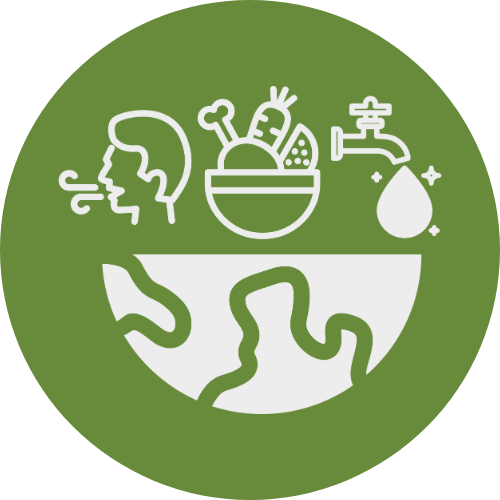
secure vital ecosystem services
Healthy ecosystems provide essential services like clean air, water, and food security.

Empower communities
Enable IPLCs to thrive through nature-based solutions that connect conservation with human well-being, equity, and sustainable livelihoods.
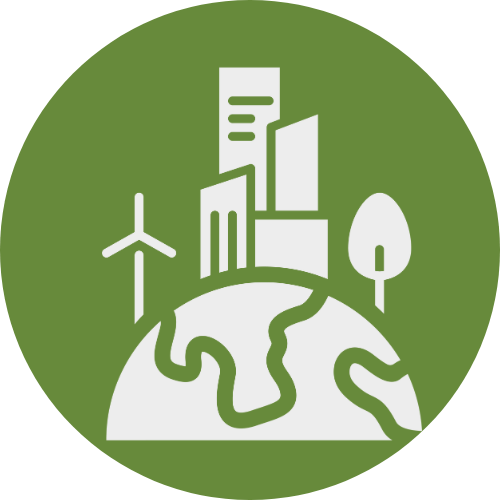
build a sustainable future
Embed biodiversity into corporate strategies and operations to deliver measurable positive outcomes for nature and create resilient, future-fit businesses.

Improve climate Resilience
Build climate adaptation and resilience into conservation efforts to protect biodiversity and human well-being.

Enhance water security
Prioritise the safeguarding of critical freshwater systems and catchments across Africa's threatened landscapes.
Cross cutting approaches

People in conservation unit
Co-developing and implementing conservation management approaches to ensure sustainable conservation impact and benefit sharing.
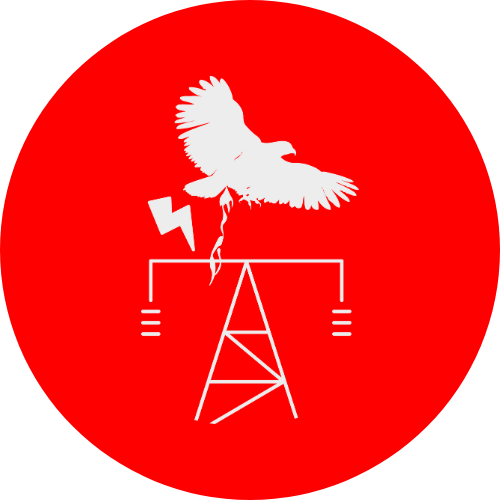
Wildlife and Infrastructure unit
Reducing infrastructure impacts on species and habitats.

Biodiversity and Business Unit
Supporting the integration of biodiversity into corporate strategy and operations, to achieve measurable positive biodiversity outcomes.

Sustainable Finance Unit
Focusing on mobilising financial resources to support conservation efforts.

Wildlife in Trade Unit
Disrupting and preventing illegal wildlife trade in the landscape.

Conservation Tools and Technology Unit
Discovering new species and understanding species distributions to inform conservation priorities in the landscape.
